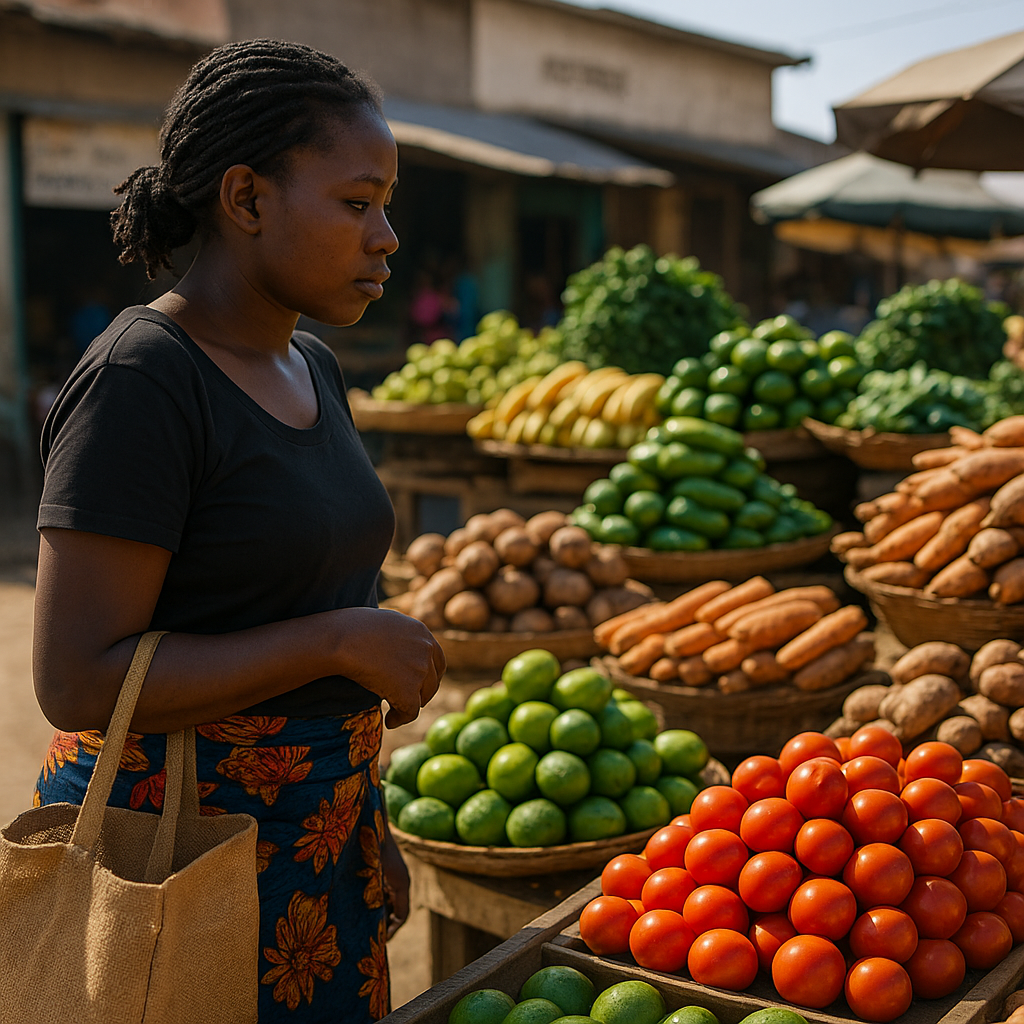Pandemic deepened economic vulnerability but boosted diet diversity in Zambia
The study found that household food expenditure share, a key indicator of economic vulnerability, rose sharply during the pandemic, from 53.8% in 2015 to 61.4% in 2021. This increase signals that Zambian households were forced to spend a higher proportion of their total budget on food, leaving less room for other essentials. For economically constrained families, this trend suggests a greater struggle to maintain financial stability amid rising food costs, job disruptions, and weakened income sources.

- Country:
- Zambia
A major new study has found that while Zambian households experienced growing economic strain during the COVID-19 pandemic, their dietary diversity unexpectedly improved. The study, titled “COVID-19 Lockdown and Implications for Household Food Security in Zambia: Quality of Diet or Economic Vulnerability?”, is published in Economies.
Based on nationally representative household survey data from 2015 and 2021, the study applies robust empirical methods to assess how the pandemic altered food security in Zambia. The authors used a coarsened exact matching approach to compare 8,650 matched households before and during the pandemic. The research examines two critical and complementary aspects of food security: household food expenditure share (a proxy for economic vulnerability) and household dietary diversity score (HDDS), which reflects the nutritional quality of food consumed.
Did the pandemic increase economic vulnerability?
The study found that household food expenditure share, a key indicator of economic vulnerability, rose sharply during the pandemic, from 53.8% in 2015 to 61.4% in 2021. This increase signals that Zambian households were forced to spend a higher proportion of their total budget on food, leaving less room for other essentials. For economically constrained families, this trend suggests a greater struggle to maintain financial stability amid rising food costs, job disruptions, and weakened income sources.
This economic vulnerability was not uniform. Urban households, previously more secure, were disproportionately affected, while rural households experienced a relatively smaller increase in expenditure share. The research also revealed that households with lower levels of education and fewer income sources were more likely to experience significant economic stress. The pandemic intensified existing disparities, eroding the protective effects of education and formal employment that had previously insulated many families from food insecurity.
Additionally, households relying on informal employment, which was heavily disrupted by lockdown measures and mobility restrictions, showed marked increases in food expenditure burden. The findings suggest that the economic shock of the pandemic translated directly into constrained household budgets, magnifying vulnerabilities for already at-risk populations.
Did diet quality decline amid rising costs?
Contrary to expectations, the study found that dietary quality, as measured by HDDS, actually improved during the pandemic. The average score rose from 7.1 in 2015 to 8.2 in 2021, indicating that households consumed a more diverse range of food groups. This counterintuitive trend points to a complex relationship between food expenditure and nutritional outcomes during the crisis.
Several factors may explain this paradox. Lockdown conditions forced households to rely more heavily on locally available and homegrown foods, many of which contributed positively to dietary diversity. Informal food markets, more accessible than formal retail outlets, played a crucial role in ensuring availability of a variety of food items, particularly fruits, vegetables, and legumes.
Moreover, targeted food assistance programs and community-level support structures may have helped improve access to diverse food sources. In some cases, consumption patterns shifted from expensive processed goods to more affordable, unprocessed and nutritious alternatives. This dietary adaptation, while driven by necessity, may have had unintended health benefits by promoting more balanced meals.
Nonetheless, the study cautions that improved dietary diversity does not necessarily indicate improved food security across all dimensions. The simultaneous rise in food expenditure share underscores the economic cost of achieving that dietary diversity, and highlights the fragility of such gains in the absence of structural economic support.
Who were most affected and what can be done?
The research also explored the shifting influence of demographic and socioeconomic variables on food security. Household size, education level, marital status, geographic region, and employment status remained statistically significant predictors of both food expenditure and dietary quality. However, their protective effects were notably diminished during the pandemic.
For example, higher education, traditionally a buffer against food insecurity, was less effective in protecting households from economic vulnerability during the crisis. Urban households, which generally have better access to food markets and higher incomes, experienced relatively greater setbacks, likely due to supply chain disruptions, market closures, and greater reliance on purchased food.
Wealthier households, by contrast, showed minimal changes in food security indicators, demonstrating their ability to absorb the economic shock. This divergence suggests a need for more targeted interventions that consider both geographic and economic disparities.
The authors recommend a multi-pronged approach to mitigate future shocks and enhance household resilience. These include expanding and tailoring social protection programs to reach economically vulnerable groups, particularly those in urban informal employment. Enhancing linkages between rural food producers and urban consumers is also critical to maintaining food availability and affordability. Additionally, policies that support informal food markets and promote community-based nutrition education can help households make better use of available resources during times of crisis.
The findings call for long-term strategies that integrate food security with economic recovery planning. By strengthening both the supply side (through agricultural support and rural infrastructure) and the demand side (through income support and food subsidies), Zambia and other low- and middle-income countries can better prepare for future disruptions.
- FIRST PUBLISHED IN:
- Devdiscourse










